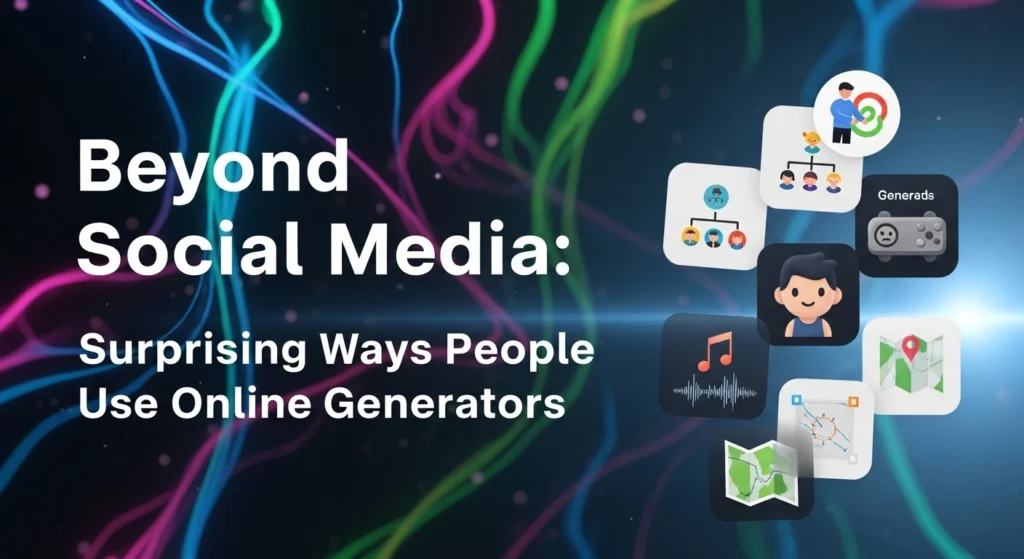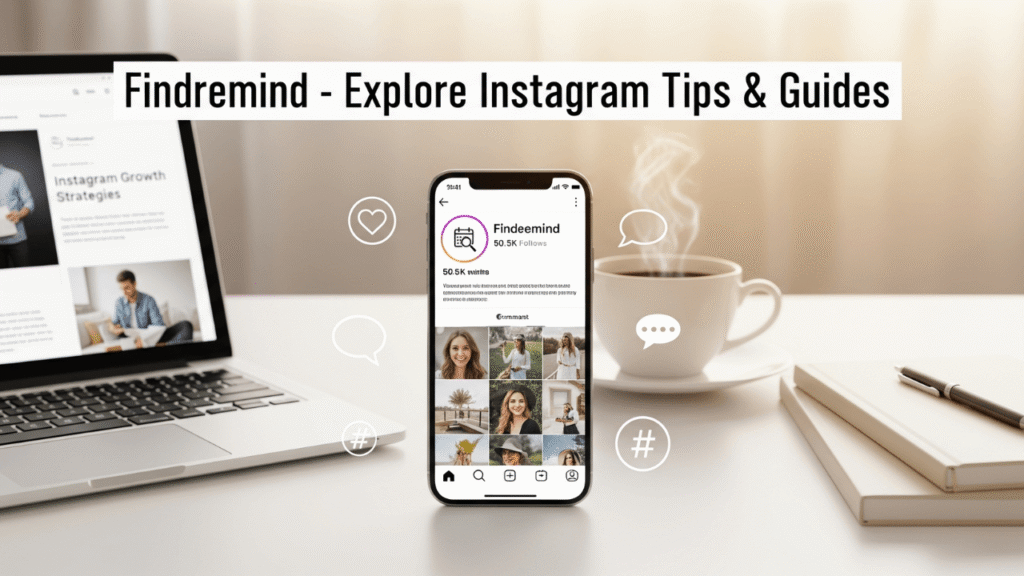We all know online generators for memes, posters, and funny images exist to feed social media. But by 2025, these tools are quietly becoming much more than digital decorating kits. They’re showing up in healthcare, art, safety, logistics even packaging. Here’s how people are using them in unexpected ways, how tech is evolving, emerging trends, and what that means for our daily lives.
From Viral Laughs to Classroom Tools
Meme generators used to be mainly for entertainment. Now, educators are turning them into teaching aids. Teachers use tools that allow students to illustrate historical events, comment on literature, or simplify scientific ideas with visuals. A witty meme with clever text often sticks better than a long lecture alone.
Some of these platforms let students upload their own images or prompts, adapting to different learning styles. The result? A more engaged classroom, especially for younger learners or visual thinkers who might struggle with dense text.
Branding, Packaging, and Product Stories
Brands are rethinking packaging. Rather than a simple label, they embed elements that tell stories where materials came from, how sustainable the product is, or even video or AR content activated by scanning something on the packaging.
Another trend: using augmented reality-enabled QR codes so that when customers scan the code, they see video tutorials, behind-the-scenes content, or instructions. This creates a richer brand experience and helps products stand out on crowded shelves.
Enhancing Safety & Urban Infrastructure
Tools that create QR codes are now used in public safety and urban planning, not just marketing. Examples include:
- Marking poorly lit or dangerous public areas with QR codes linking to safety resources or alert systems.
- Public transport stops embedding codes that show live schedules or allow commuters to report issues.
- QR codes on public benches, street signs, or sidewalks that connect to maps, accessible info, or emergency contact tools.
These uses turn static parts of our environment into interactive and helpful resources.
Behind the Scenes: Logistics, Tracking, and Inventory
It’s not just customers who benefit; businesses do too. Many are using online generator tools behind the scenes to improve tracking, supply chain, and inventory. Products are tagged with QR codes that:
- Allow warehouses to monitor stock in real time.
- Trigger alerts when items are low or about to expire.
- Help in authenticity verification (counterfeit protection).
In industries like pharmaceuticals or food, seeing that your item’s journey is traceable from source to delivery builds trust with customers. Recent data shows industries like retail, healthcare, and manufacturing are steadily increasing the use of dynamic QR codes for these applications.
Creative Art, Personal Identity, & Immersive Experience
Artists are pushing the boundaries. Murals or installations include QR codes that bring up augmented reality overlays. Designers are experimenting with “beautiful QR codes” that include images, patterns, or gradient fills, yet still scan reliably.
Some people are using poster-creator tools to make art pieces, invitations, or community projects. Art meets utility and the result can be striking. Also, digital fashion and identity projects incorporate QR codes in clothing or accessories to link to a portfolio or interactive content.
Everyday Tools That Make It Possible (Anchor + Adobe Mention)
One of the most practical shifts is how accessible these online generators have become. Free and low-cost platforms let creators, nonprofits, and small businesses easily generate QR codes with custom styling, logos, or embedded information. Meanwhile, tools like Adobe Express offer polished templates and design environments that bring professional features to users who have little design experience.
This opens doors: you might be designing a flyer for a local event, labeling homemade products, or creating an interactive gallery without needing to hire a designer. These options blend style, interactivity, and function in one neat package.
Risks, Ethics, and What to Watch Out For
With great power comes… some risks:
- Security & “Quishing”: QR codes can get hijacked or replaced physically to redirect users to malicious sites. Awareness and verification are more important than ever.
- Design vs. Function: Adding too much decoration or overlaying images can compromise scannability. Good design keeps both in balance.
- Privacy: Some QR codes collect data when scanned. If users don’t know what they’re agreeing to, it can lead to mistrust.
- Digital Divide: Not everyone has phones that scan well or can decode stylized codes. Some communities are left behind if tools assume universal access.
What the Data Tells Us + What’s Ahead
Some up-to-date stats that show just how big the shift is:
- Global QR code usage has skyrocketed: in one recent study, scans have risen by ~57% across 50 countries.
- About 59% of smartphone users say they scan a QR code daily for accessing information, promotions, or services.
- Businesses increasingly see QR codes as more than “nice to have” used for first-party data collection, product tracking, and cross-channel engagement.
Looking forward:
- QR codes with dynamic content (changing depending on time/location) will become more common.
- Aesthetic generation methods (like diffusion-based QR code generation) are improving so visual appeal won’t sacrifice reliability.
- More integration with AR/VR, Internet of Things, and multi-channel marketing.
Why This Matters for You (Reader Focus)
Maybe you’re not a brand or artist but these trends affect everyone. Whether you’re:
- A small business owner: more ways to engage customers without big budgets.
- A content creator: new tools to express identity or message.
- A designer or artist: fresh technical challenges and creative opportunities.
- A consumer: you’ll see more interactive products, packaging, or public spaces that respond when you scan.
Even beyond social media, online generators are making our physical world smarter and more interactive.
FAQs
Q: What are online generators?
A: Online generators are digital tools that let users create content like QR codes, posters, memes, or designs often through templates or guided editing. Many require little to no design or technical experience.
Q: How safe is it to scan a QR code?
A: Generally safe, but risks exist. Malicious QR codes (sometimes called “quishing”) can redirect you to harmful websites, attempt to download malware, or try to steal information. Always check if the code looks official or from a trusted source.
Q: Can I customize QR codes?
A: Yes. Many free and paid tools allow customization: adding logos, changing colors, embedding images, or even creating aesthetically pleasing patterns. The key is maintaining enough contrast and alignment so that scanners can still read them reliably.
Q: Do these tools cost a lot?
A: Not necessarily. Many online generators are free (with premium features optional), and platforms like Adobe Express offer both free tiers and paid tiers. What you pay often depends on advanced features like analytics, heavy customization, or team collaboration.
Q: Where are online generators heading next?
A: Expect more dynamic content (codes or promotions that change based on time, location, or user behavior), tighter design-tech trade-offs (looking good and working well), and deeper integration with AR/VR, sustainability (labels that share eco-info), and personalization.



